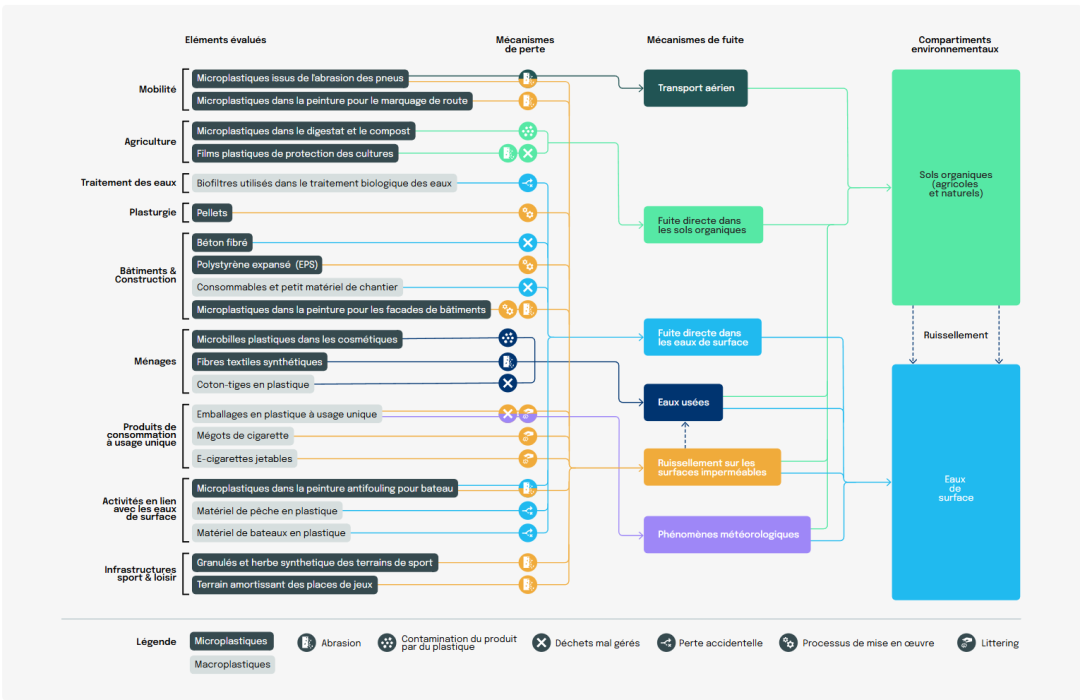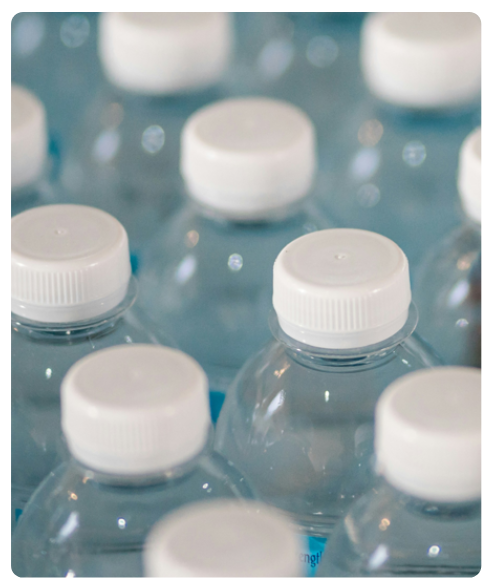Switzerland Advances Packaging and Waste Regulation Reform: From 'Recyclable' to 'Reusable + Chemical Safety'
Key Points Overview:
Using write and execution intensity prioritized over recycling will become a structural variable in the industry.
The institutional requirements for chemical safety and inert materials may reshape the material spectrum and testing thresholds for food contact packaging.
The deposit for all categories of beverages, along with investments in reusable infrastructure, is expected to improve return rates and operational efficiency, but it poses higher demands on cash flow and supply chain transformation.
The trend of alignment with the EU PPWR is strengthening, making compliance and design for cross-border enterprises more predictable.
Public consultation conducted by the Swiss Federal Office for the Environment (FOEN/BAFU) on the revision of the Waste Prevention and Disposal Ordinance (VVEA) and the new Packaging Ordinance (VerpV).October 16, 2025Until the deadline, the Food Packaging Forum (FPF) and the Swiss Plastic Action Coalition (SPAC), which consists of ten environmental and consumer organizations, respectively submitted their opinions, focusing onPlace "reuse" before "recycle."、Enhance Chemical SafetyandAlign more closely with the EU PPWR.Propose amendments in the above aspects.

— 1 —
Policy Background and Overall Direction
The Swiss government's current round of reforms aims to expand producer extended responsibility to the entire packaging sector, increase recycling targets, strengthen nationwide penalties for littering, and emphasize "reuse and recycling" in waste management over other disposal options. The FPF expressed overall "support" in its submitted documents, but believes the current text...Unclear implementation of "waste management hierarchy"It is recommended to clarify "reuse takes precedence over recycling" and delete ""to avoid enterprises evading their obligations on the grounds of cost."
— 2 —
Core Differences and Key Recommendations
Hierarchy of Waste ManagementFPF suggests including the above content in VVEA.Reuse (including preparation for reuse)"Prioritize the default option, followed by material recovery, and then energy recovery, while accordingly adjusting the wording and responsibilities in the implementation of each clause at the local (state/interstate) level."
Definition and ScopeIn the definition of terms in VerpV, FPF suggests adding "Inert packaging"(suitable for safe reuse and high-quality recycling materials, provided there is no chemical or physical interaction with contents/environment)"Compostable packaging”(Completely biodegradable within 6 months in industrial facilities with no toxic residues.The verifiable definitions of "new materials (bio-based/degradable/compostable)" should be established to prevent misleading claims.
Chemical Safety and Recycled ContentFPF SupportMinimize material usage、Design for Reuse and Recycling Mandatory Labeling (Reusability, Recycled Content, Recyclability, and Substances of Concern)However, at the same time, it warns thatIncreasing Recycled Content Across the Board in Low-Inertia Materials (such as Plastics, Paper/Cardboard) 积累有害化学物It is recommended to set the recycling ratio cautiously according to the characteristics of the materials.Prohibition/Restriction on Material SubstancesTo ensure consumer safety of food contact materials.

Switzerland Plastic Pollution Map
— 3 —
The demands and policy tool combinations of the Civil Alliance
SPAC inOctober 17, 2025The press release states that while the current draft is an important step towards a circular economy, it is still insufficient to address plastic pollution and public health risks. The alliance advocates:
Binding upstream reduction targetBased on 2018:Reduce by 5% in 2030.、Decrease by 10% in 2035.、15% reduction in 2040);
A mandatory deposit system covering all beverage packaging (including reusable and single-use).To improve recycling rates and create a level playing field for different materials.
Invest part of the pre-treatment fee (TEA) into reuse infrastructure and cleaning logistics.and promoteNational Standardization;
Prohibition of harmful chemicalsEnsureAll packaging (including recycled products) achieves chemical inertness and consumer safety.;
Increased corporate transparency and independent verificationTo prevent "greenwashing."
The union believes that the above measures will help Switzerland andEU PPWRAligning to enhance the country's international credibility in the "packaging policy that emphasizes both safety and circularity."The finalized regulations are expected in 2026.Done.

— 4 —
Potential Impact on the Plastic Recycling Industry (Neutral Assessment)
Priority Reordering: Use System Precedence
If "reuse is superior to recycling" is clearly established in law, the industry will face...Packaging design shifts from "recyclable" to emphasizing both "reusable + recyclable".Transformation. At the same time,High-inertia materials (such as stainless steel, glass, and glazed ceramics) are safe for repeated cycles of contact with food.The advantages mentioned above may lie in.Specific scenario(For example, food delivery, B2B logistics turnover packaging) expand penetration; plastic inHigh-frequency reuse
High-quality closed-loop recyclingThe position needs to be reassessed based on "chemical safety + functional requirements + total cost."
"Differentiation in Chemical Compliance and the Use of Recycled Materials"
If the composition requirements are set according to material characteristics andOverlay attention on material limitswill promoteGrading and Traceability of Recycled Material Supply Chain, will also increase.Low inertia materialIn the field of food contactDetection and compliance costsThis pair hasPurification and Decontamination Technology for Food-Grade Recycled Plastics (rPET/rPP, etc.)AndHigh-end recycled pulpThe ability of a company is both a challenge and an opportunity.
Coordination of Systematic Policy Tools
Deposit for all types of beverages
Reinvest in infrastructure.If implemented (including cleaning, recycling, and standardized turnover), it willIncrease retention rate and reduce operational fragmentation.
Mandatory LabelCombining can improve consumer recognition and classification recycling performance. Enterprises need to assess in advance.Cash flow and return rate changes brought by the deposit system.
The transformation cost of standardizing containers for filling and distribution.。
Compliance Spillover Aligned with EU PPWR
Switzerland strengthensDesign for recyclability, reuse targets, regeneration components, single-use restrictions, strict limits on PFAS.Cross-border business entities may...Unified Compliance FrameworkOptimize the combination of materials and processes to reduce transaction costs arising from differences across multiple jurisdictions.
Timeline and Next Steps for Observation
October 16, 2025Public consultation deadline; FPF and SPAC and other entities submit opinions.
2026The government plans to advance the finalization of the regulations.Observation pointIncluding:
(1) Whether "reuse before recycling" is written into the legal provisions and the removal of the "economically feasible" exemption; (2) The rigidity of requirements for inert materials and chemical safety; (3) Whether the definition and testing standards for compostability are implemented; (4) Policy design for deposit systems across all beverage categories and reuse infrastructure; (5) The depth of alignment with the EU's PPWR.
【Copyright and Disclaimer】The above information is collected and organized by PlastMatch. The copyright belongs to the original author. This article is reprinted for the purpose of providing more information, and it does not imply that PlastMatch endorses the views expressed in the article or guarantees its accuracy. If there are any errors in the source attribution or if your legitimate rights have been infringed, please contact us, and we will promptly correct or remove the content. If other media, websites, or individuals use the aforementioned content, they must clearly indicate the original source and origin of the work and assume legal responsibility on their own.
Most Popular
-

India's Q3 Smartphone Shipments Rise 3%; Japanese Mold Factory Closures Surge; Mercedes-Benz Cuts 4,000 Jobs
-

Ascend's Restructuring Plan Approved! Jwell Launches Global Acceleration Plan; Nexperia Chip Crisis Threatens Global Auto Production
-

Dow To Restart Pe Units 5 And 7 This Week, Recovery Date For Unit 6 Remains Undetermined In The United States (US)
-

Key Players: The 10 Most Critical Publicly Listed Companies in Solid-State Battery Raw Materials
-

The Roller-Coaster Behind Sanhua Intelligent Controls' Stock Price: What Are the Advantages of Automotive Thermal Management Companies Crossing Into Humanoid Robots?






